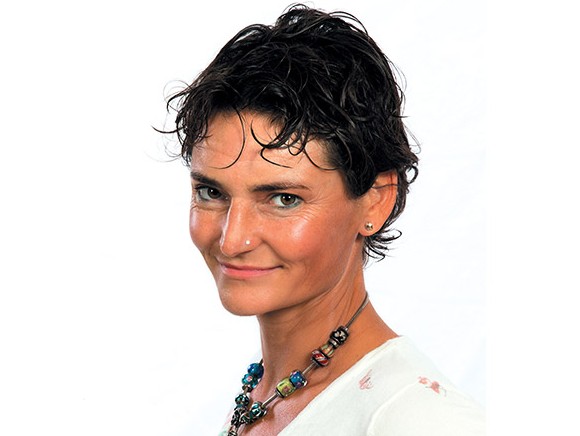
The Dutch parliament wants to achieve a safer, healthier and more sustainable food system. This objective is formulated in the Voedselagenda (‘Food Agenda’) which was submitted to parliament in November 2016. “If the Netherlands wants to be at the forefront of the international ambition for a healthy, sustainable and safe diet, an integral approach is needed which balances safety, health and sustainability,” states the government.
Of course we, the industry, are keen to be at the forefront. If an integral approach from the perspective of public health and sustainability means ‘pulling together’ and ‘supporting each other wherever possible’ then I’m all for it. After all, farmers and food processing companies need one another. Working together to improve transparency in the chain will give consumers reliable information about a product’s country of origin, composition and nutritional value. Plus it will help to prevent fraud. But to what extent should the government be allowed to meddle in determining what we eat, how it is produced and what we pay for it? The National Action Plan for Fruit and Vegetables (NAGF) is wonderful, but doesn’t a ‘meat tax’ take things a little too far?
Every week over the past two months I’ve received lengthy research reports containing figures, achievements and goals – from the government, (industry) organisations and knowledge institutes. One thing is clear: the topic of food is alive and kicking in society. That’s only logical, because what we eat partly defines our identity – and that ‘identity’ is important: we measure the number of steps we take, our pulse rate and our blood pressure. We take care not to eat too much fat, sugar or salt (or at least we say that we do). And we proudly post the results on Instagram, Facebook and Twitter.
In the run-up to the Voedseltop (‘Food Summit’) on 26 January, the National Institute for Public Health and the Environment (RIVM) published a report titled Wat ligt er op ons bord? Veilig, gezond en duurzaam eten in Nederland (‘What’s on our plate? Safe, healthy and sustainable food in the Netherlands’) filled with facts and figures about Dutch eating habits. In it, RIVM analyses areas in which further synergy can be created between the sustainability, health and safety of our food and offers tools for doing so. In addition to outlining opportunities, the study also examines dilemmas, because “health, sustainability and safety don’t always go hand in hand”. What an eye-opener…
There is a big difference between what people say and do. As citizens they place importance on health and sustainability, but when it comes to buying food most consumers focus mainly on price and convenience. That presents a major dilemma. How can you ever earn a return on investments in sustainability and health? (The book called Briljante businessmodellen in food [‘Brilliant business models in food’] provides a number of good real-life examples.)
But back to the Dutch government and all the reports, of which I expect to see ‘a few more’ appearing over the course of this year. Now that nutrition is so high on the political agenda, many political parties have included it in their election manifesto. Will the Netherlands soon be getting a new Ministry of Food? And, if so, will that ministry support the Dutch food industry or will it actually make things harder for us by meddling too much? One thing is certain: there’s no reason for me to get bored over the next few months. I’ll continue to wade through all the reports and pick out the highlights for you.
Judith Witte
[email protected]
Source: © Vakblad Voedingsindustrie 2017